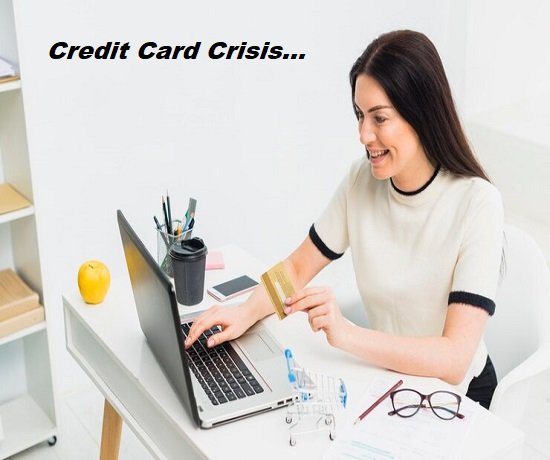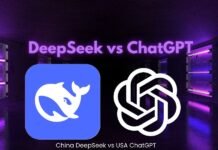
Intro:
The issue of credit card debt has reached alarming levels, prompting widespread concern among financial experts and consumers alike. Many individuals find themselves overwhelmed by high interest rates and growing balances, leading to a cycle of borrowing that is difficult to escape. credit card crisis not only affects personal finances but also has broader implications for the economy as a whole.
1. The Negative Impact of Digital Money: The Increasing Credit Card Problems in India
In the busy marketplace of Delhi, the story of Ramesh is an eye-opener to the risks hidden behind the convenience of credit cards. Tragically, he decided to take his own life due to an unmanageable debt of eight lakhs. In India, where the lure of credit cards has trapped many people in a never-ending cycle of debt and hopelessness, his story is not unique. We need to take aside the layers of this growing disaster because data shows that those who are in debt have a stunning twentyfold higher risk of suicide.
2. The Material Is Increasing, But at Which Price?
Credit card usage is increasing in the Indian economy, and only one year later, outstanding debts jumped from 1.6 lakh crores in March 2022 to an unbelievable 2.10 lakh crores. Financial analysts are warning that this increase is the next pandemic in India. surprisingly, however, the number of people using credit cards keeps increasing. This is the reason why people are drawn to financial solutions that give them the impression that their spending is near the limit.
3. Being Aware of How Credit Cards Work
Speed and temptation are two sides of the same coin for credit cards, those small pieces of plastic. With repayment choices that range from lump-sum payments to extended EMIs, they allow spending up to a predefined maximum. The process itself is attractively straightforward: no paperwork, immediate satisfaction. The complex system of transactions including banks, network providers, and payment gateways that all profit from your swiping is hidden below this simplicity. The simplicity covers the trap, which includes a deception of cost, the tempting idea of spreading out payments, and the unacknowledged hidden expenses that mount up.
4. The Hidden Expenses: Where Banks Profit
Like experienced farmers, banks understand just how to maximize credit card revenues. They charge costs that may go unnoticed to the uninformed eye but ultimately build their funds: annual fees, balance transfer fees, cash withdrawal fees, and foreign transaction fees. High fees for overspending and late payments frequently exceed regular interest rates. With possible risks, credit cards are a profitable business because of these punishment fees that increase bank profits.

5. The Rise of Credit Cards: A Two-Sided Weapon
A cash-centric economy has given way to a digital one in India due to the widespread usage of credit cards. With more than 10 crore users, the market is ready for neglect. The use of credit cards is not the main problem; rather, it’s the mounting debt and defaults they create. Between 2022 and 2023, defaults increased from 950 crores to 4072 crores, highlighting a concerning trend: banks are giving credit to high-risk people more frequently, which feeds the youth credit cycle.
6. The Risks of Credit Card Debt When the Investment Bubble Turns
The dangers of credit card debt are not just numbers; they show up as challenges in everyday situations. Young people like Rohan are drowning in debt after being taken in by the promise of free EMIs and an impression of good financial decisions. When the principal is hardly touched by the easy payments and the interest grows into an uncontrollable monster, the reality sets in. Additionally, some turn to personal loans, which further deepens the debt hole.
7. The Personal Trap: How Credit Cards Trap You
The purpose of credit cards is to take advantage of individual weaknesses. The credit increases the probability of sudden purchases, overspending, and debt comfort. Users are drawn further into reliance by the combination of the delayed pain of payment, the fake feeling of wealth, and the immediate reward of an increase in a purchase. To escape the tempting offer of a credit card, it is essential to recognize these indicators.
8. How to Avoid the Debt Trap: Useful Advice
It takes discipline and attention to detail to get through the dangerous waters of credit card debt. Be mindful of annual percentage rates (APRs), steer clear of the minimum payment trap, and follow the golden rule: only spend what you have available in financial assets. You can take advantage of credit cards’ advantages without becoming a target of their problems by implementing these strategies.









































